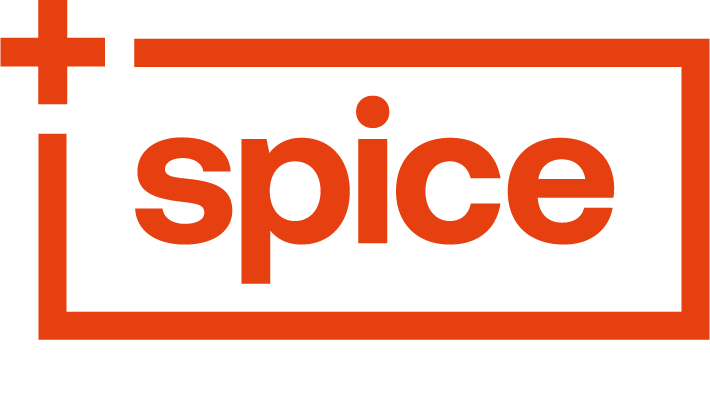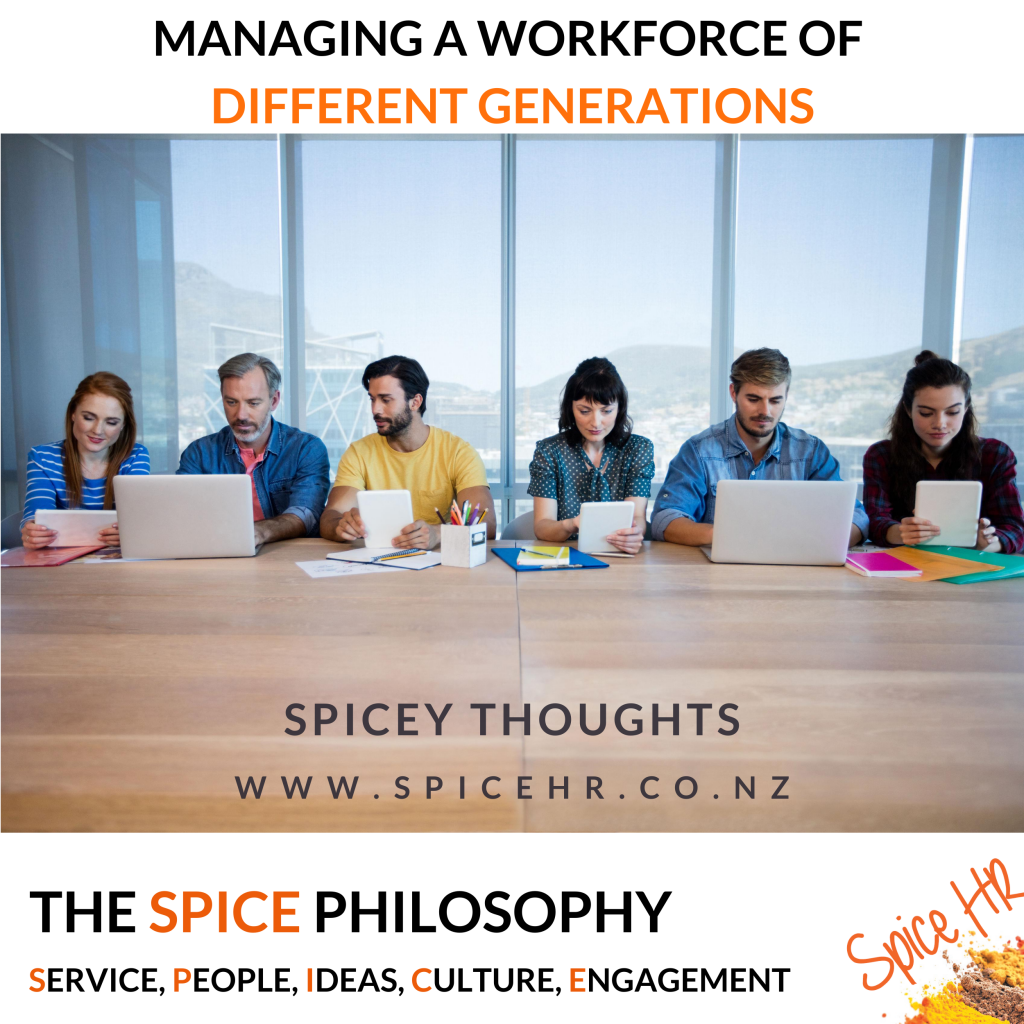
Every generation comes with a reputation for how they supposedly behave in the workplace. Fair to say that some of the traits are unfairly assigned!
But these stereotypes exist due to an evolution of attitudes and behaviours over the decades.
For example, if you compare the mindset of a Baby Boomer and a Gen Zer, you’ll incur vastly different opinions.
These different attitudes can sometimes cause conflict in the workplace.
So, it’s vital that your leaders and team understand each of the generations within your workforce and how you can foster multigenerational harmony.
Let’s explore the concept of a multigenerational workplace in greater detail so that you can avoid unnecessary conflict and maximise the varying skills you have within your team.
What Is A Multigenerational Workplace?
A multigenerational workplace is one where your team is made up of people from different generations, meaning varying age groups. As many people are choosing to work into their later years, it is becoming more and more common to have a wide range of generations throughout your workforce.
The 4 main generations in the workforce at present are:
- Baby Boomers (born 1946-1964): Known for a strong work ethic and their loyalty, often prioritising job stability over career progression.
- Generation X (born 1965-1980): With a strong element of self-reliance and resourcefulness, they prefer autonomy and a good work-life balance.
- Millennials (1981-1996): Having grown up with technology they are very comfortable with digital tools, often drive technological innovation, and prefer collaborations.
- Gen Z (born 1997-2012): Highly proficient in technology and social platforms they value diversity and inclusion and like to seek opportunities for innovation.
Some workplaces may even have a further diverse split and include the octogenarians of the Silent Generation and the younger teens of Generation Alpha. While there are many benefits to having all of these different skills and viewpoints in your business, it is important for everyone to remember that they will have different perspectives and communication styles. These differences can create waves if you are not careful.
A Multigenerational Workplace Looks Like…
There are a few common characteristics of a multigenerational workplace:
Diverse age groups: You could potentially have a large age range within your workforce. There may be those who are just starting out their careers and those with decades of experience. As we just mentioned, this diversity generally spans four generations, but could be up to six!
Varying Work Styles: The different generations often have varying approaches to how they work. These can range anywhere from the more traditional hierarchical manager and employee relationship to a flatter structure with a much more flexible and collaborative approach – and everything in between! These all need to be handled and managed in different ways.
Communication Preferences: The technological evolution has played a major part with how the different generations tend to communicate. Older generations may prefer face-to-face, telephone or email communication, while younger employees could prefer digital methods like instant messaging or video calls.
Diverse Expectations: Each generation will have expectations about how a workplace should operate, the balance they create between work and personal life, the amount of career progression they will strive for, and the values and culture of the organisation they choose to work for.
Navigating The Divide
In today’s diverse workplace, fostering collaboration among different generations can be challenging. That’s where a tool like Extended DISC can provide your team with valuable insights that can help bridge multi-generational gaps by enhancing teamwork and understanding. Here’s a taster…
Tailored Communication: Identifying individual communication styles allows team members to adapt their approach to suit colleagues from various age groups.
Identify Pressure Points: Extended DISC uncovers each person’s motivators and stressors, promoting understanding and a more empathetic and supportive work environment.
Healthy Debate: By revealing underlying behavioral patterns, Extended DISC aids in conflict resolution, making it easier for your team to address and resolve disagreements constructively and positively.
Leadership Style: The tool enhances leadership effectiveness, enabling leaders to understand their default style and to tailor their approach to meet the needs of a diverse team.
Build Community: Extended DISC fosters mutual respect and appreciation, as team members learn to value the unique strengths and perspectives each generation brings to the table.
By leveraging these insights and many more, organisations can create a more cohesive, productive, and harmonious multi-generational workforce.
The Benefits For Your Business
While there may be some bumps along the road to navigate when the culture collision of the varying generations occurs, there are a lot of advantages that a multigenerational workforce can bring.
Some of the most valuable benefits are:
Innovation: Different generational perspectives can lead to more innovation in your business and spawn creative solutions to problems that might arise. A diverse team will create a fascinating brainstorm and may even devise some out-of-the-box solutions. By combining traditional methods with newer ideas, you may create a new and efficient way of doing things.
Wider Skill Sets: Every generation will have skills that the others do not. So, when you combine all those strengths together, you create a more versatile and skilled team overall. Often, the older team members will bring experience and a depth of knowledge, while younger employees can bring a fresh perspective and digital flair.
More Opportunities To Learn: Professional development should always be a priority, but formal courses and workshops are not the only places to learn. Team mentorship can create just as many learning opportunities. And it doesn’t only have to be the more senior team members mentoring the youngsters. Think reverse mentoring everyone has something valuable to teach, so maximise the potential!
Better Decisions: Diverse teams make better decisions as they can consider a wider range of perspectives and experiences. This can lead to more effective and well-rounded strategies for your organisation.
Stronger Workplace Culture: By valuing the contributions of all generations, your team will feel respected and engaged in their work. This can lead to a positive workplace culture with higher job satisfaction and employee engagement – which means better talent retention and lower employee turnover.
Encouraging Intergenerational Harmony
While there may be certain instances where opinions may differ, there is no reason why there can’t be strong intergenerational teamwork within your business. Here’s how you can enhance collaboration:
Ditch the Stereotypes
People may come into the business with preconceived notions about how certain individuals may behave because of their age. It is important to squash those stereotypes by fostering inclusivity. Once people interact and get to know each other, they will realise that age is no barrier to connection.
It’s all about communication and encouraging discussions that reverse the misconceptions individuals might have about the people around them. Identify any assumptions and open the conversation surrounding them to remove barriers and create a positive and psychologically safe environment.
Shared Purpose
Uniting your team under one set of values and goals will show them that they aren’t all that different. When they are all working towards a common goal aligned under one vision, you will find there is a sense of unity that breaks down any generational divides.
Highlight the Benefits
As a leader you know the benefits that can come from a multigenerational team. But the team themselves may not realise the treasure trove of experience, innovation and ideas they collectively possess. So that they learn this valuable lesson, create opportunities for colleagues to work together and learn from each other. This could be in a mentorship arrangement or simply a collaboration of minds with complementary skills.
Build Community
Chats around the figurative water cooler are a good starting point. But you can take the social connections even further to build a strong community within your team. Informal team gatherings, communal work and community spaces or virtual meet ups will all encourage your team to connect casually and form friendly bonds.
Smooth The Way
Subtly navigating the challenge of connecting a multigenerational workforce can sometimes feel like you are walking on eggshells. But, as this is a challenge that almost every business will face, it is important to handle it well.
That’s where Extended DISC and the Spice Gals come in!
With Extended DISC we’ve helped numerous businesses navigate the unique challenges of creating a community and common understanding within a multigenerational workplace. And we’d love to do the same at yours.
Reach out to our team today to see how we can help you.



